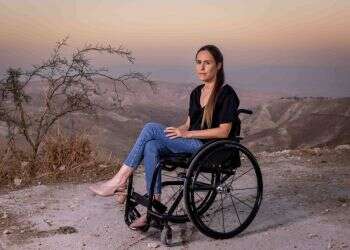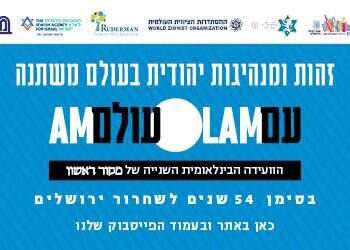It's almost embarrassingly easy to find headlines that reflect anti-Israeli bias in The New York Times.
"At Least 2 Dead as Driver Rams Bus Stop in East Jerusalem", reads a laconic headline describing a deadly terror attack in the Ramot neighborhood.
The subheading – "A man drove a car into a group of civilians outside an Israeli settlement in what the police described as a terrorist attack. A 6-year-old was among those killed" – elaborates a bit, but leaves the reader with a geographical question – did the incident happen in East Jerusalem, or was it near an Israeli settlement?
A previous article referring to Israel in the Times appeared on the website four days earlier. It was more user-friendly for those trying to understand what actually happened: "Israeli Raid Kills at Least 5 Palestinians in West Bank." The headline details the identity of the killers as well as the identity of the dead. The subtitle reads: “The Israeli Army said the deaths came during an operation to arrest gunmen accused of attempting an attack. Hamas, the Islamist group that controls the Gaza Strip, said the men were members of its armed wing.” Perhaps it should be mentioned that Hamas has been included in the American State Department’s list of foreign terrorist organizations since 1997; but the above headline does not make it clear that the "Islamist group" actually admits that those killed in the incident were terrorists.
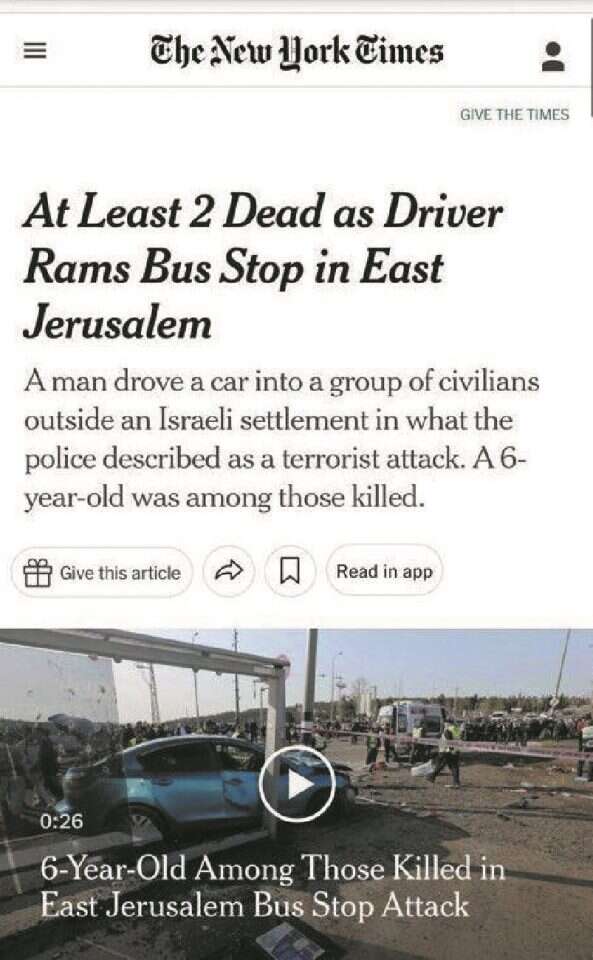
Lilach Sigan, 59, a journalist and author, followed such headlines in the Times over the past year. When she began in early 2022, her motive was political curiosity. "A new government was founded in Israel, a coalition that includes an Arab party, and it was expected to gain sympathy from liberal media in the US. I was intrigued to see if anything in the coverage would actually change as a result," she says during a conversation in her home in Kfar Shmarihu, which included Prof. (emeritus) Eitan Gilboa, an expert in international relations and the founder of the Center for International Communication at Bar-Ilan University. Every day for a year, Sigan read all of the news published on the New York Times website. "It is the world’s most influential newspaper, so I decided that’s where my focus should be," she explains. The method was quite simple: she looked for any piece of news that mentioned what was happening in Israel, classified them according to tone and content – positive, negative or neutral – and compared them to the coverage in Israeli newspapers, both in Hebrew and in English. "There is constant anger here about how we’re covered in foreign media. Instead of settling for bouts of rage, I decided to do the work. I didn't start out thinking it would turn into an academic essay. Once a month I published a summary of the data in Ma’ariv – how we were covered in the Times over the past month. I found many biases, and at some point I turned to the academy for help, because I wanted to turn it into something broader."
To garner support for her investigation, she contacted the Bar-Ilan University School for Communications, and checked whether the work she conducted and the information she gathered could be of interest to any of the lecturers there. Gilboa responded, with the purpose of using the data for a scientific-academic essay. He says the focus on the Times’ coverage is justified: The New York Times is one of the most respected newspapers in the world. "This is the 'paper of record'," he explains. "In other words, history is written there as it will be read in the future, and many of the world's decision makers see it as an important source of information. Its international edition is read all over the world."
Sigan’s research revealed that through 2022, the New York Times published 361 articles on Israel, and 192 (53%) of them were negative, rather than positive or neutral. The coverage became even more negative in November-December, after the national elections and the realization that a right-wing government was about to be formed. According to Sigan's analysis, out of 26 op-eds published, 17 were negative, 6 positive, and 3 neutral. By comparison, Iran garnered 12 negative op-eds in 2022. The findings also showed that the words "Israel" and "apartheid" appeared together 39 times during 2022, while the words "Hamas" and "terrorist organization" appeared together only 13 times; This, even though Israel is not an apartheid state, while Hamas, as mentioned, is included in the American list of terrorist organizations. The words "Israel" and "colonialism" appeared together 16 times.
Gilboa and Sigan's research revealed several new findings. "We checked not only what they covered in the news, but also what they omitted," says Gilboa. "This is important: when observed over a year, it becomes a pattern. In addition, the length of the follow-up period is important – usually only coverage of a particular event is checked. Lilach also wrote up a summary of what was published every month, so you can check coverage records and see what they focused on. And the final thing that distinguishes this study is comparisons with other, similar, cases."
As an example, they examined how the Times covered the death of Shireen Abu-Akleh, an Al-Jazeera reporter who was killed in May 2022 in Jenin, while she was reporting on an IDF operation following the wave of deadly terror attacks originating from the city. A preliminary investigation by the army revealed that Abu-Akleh was shot by Palestinian militants, but the final investigation, published in September, determined that she was apparently shot accidentally by an IDF soldier. The New York Times, the Washington Post and CNN conducted independent investigations. The New York Times investigation, published on June 20, claimed that the bullet that killed Abu-Akleh was fired from around the IDF soldiers’ position and that there were no Palestinian gunmen there. The Times stated that no evidence of a deliberate shooting was found – that is, that the shooter recognized Abu-Akleh her PRESS vest – but even so, the finger-pointing was clear.
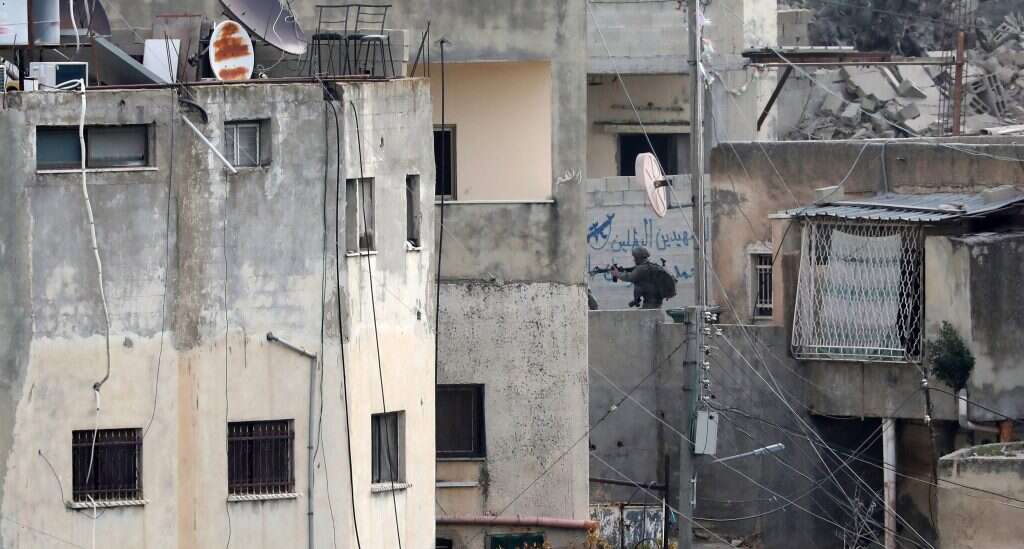
The study’s criticism in this matter rests on what was omitted in the New York Times’ coverage. "Through 2022, at least 65 journalists were killed around the world," says Sigan. "15 of them are in Ukraine, some of them American, one of them even wrote for the Times. One American journalist was murdered in the US itself, in Las Vegas, with the main suspect in the murder being a local politician. However, only eight of them merited an item in the New York Times. On the other hand, there were 24 items on Shireen Abu-Akleh. Coverage of her story was many times greater than the coverage of all the rest combined."
Gilboa adds, "Aside from the extensive investigation, three opinion articles about her death were published in the New York Times. It is completely out of proportion." In November, it was announced that the FBI intends to investigate the circumstances of Abu-Akleh's death, even though the White House accepted the conclusions of Israel's investigation. The decision was not separate from the extensive American media coverage of the issue.
***
The New York Times (also known as The Gray Lady) was founded in 1851. It is the third most widely circulated newspaper in the United States in print, but its website is the most widely circulated news site in the entire world. The New York Times has been owned by Jews since 1896, when it was purchased by Adolf Ochs, a member of an immigrant family from Germany. His Jewish son-in-law Arthur Hays-Sulzberger succeeded Ochs as publisher in 1935, and the Ochs- Sulzberger dynasty still controls the Times to this day.
Despite the fact that its publishers have been Jews for over a century, Times has suffered from a well-known antisemitic and anti-Zionist bias. Several books have been written on the subject; the best-known of which, Buried by the Times: The Holocaust and America's Most Important Newspaper, was published by Laurel Leff in 2005 and detailed the paper's scandalous, systematic failure to cover the Holocaust. The Times recognized its sin in retrospect, in a way, around the 1990s. In the book, Leff states that the neglect did not stem from a misunderstanding of what was happening in Europe, but from a policy dictated by the publisher at the time.
The book proves that in the years 1939-1945 the paper published approximately 1,200 news items related to the fate of the Jews, but only 26 of them appeared on the front page, and only six times were the Jews identified in the headlines as victims of the Nazis. Many of the items – horrific tales of deportation and extermination – were relegated to the back pages. Sulzberger’s policy, the book claims, derived from his worldview, which advocated assimilation into American society rather than a shared destiny with European Jews. The coverage had a dramatic effect on the perception of the Holocaust in the US.
"The person responsible for the Times’s success was an anti-Zionist Jew," says Gilboa. "They buried the Holocaust, and did not want the State of Israel to be established. The paper’s coverage of Israel has developed over time. I claim that in recent years it has become more hostile to Israel than it has ever been. The reason for this is also due to changes in the US itself, and relates to the political polarization there – the terrible struggle between liberals and conservatives."
Was there a point in time when coverage became more hostile?
"When Menachem Begin came to power in Israel, for several months terrible things were written about him in the Times. Even in Israel, papers wrote that he was a fascist and not a democrat and was going to destroy the country, and the times echoed this sentiment. It changed its tune after the peace process began, but in Begin I see the turning point."
Journalist Ashley Rindsberg, author of The Gray Lady Winked, which details misleading reports, distortions and biases the New York Times’s coverage, thinks that the most important turning point was the second intifada. "The New York Times published a jihadist myth – the claim that IDF soldiers murdered the boy Muhammad al-Durrah in cold blood," he says. Brief videos published in September 2000 show the 12-year-old Palestinian boy, who was killed alongside his father, allegedly being hit by gunfire from IDF soldiers at the Netzer Junction; But this Palestinian claim was refuted. "This was just the tip of the iceberg of Intifada coverage in The Times, which worked hard to show that only Israel bears responsibility for the violence," Rindsberg continues. "Across the Times, reporters, journalists, researchers and opinion writers have aligned themselves with this position."
According to Gilboa, the extremism in the New York Times in recent years is an attempt to meet the expectations of the paper's liberal readership. "American public opinion is becoming estranged from Israel in a way it never has been before," he explains. "The New York Times is important because it influences policy makers as well as public opinion, but at the same time the editors are influenced by public opinion and publish what they think the public wants to read. It's a kind of circle that feeds itself and worsens the coverage of Israel.
You mentioned the harsh epithets hurled at Begin here in Israel. In your opinion, how does Israeli media influence the way we are covered in the Times?
"The American media has never understood Israeli politics, and if it did, it was blocked at the newsroom level. At the time, I told their reporter here that she wrote something that simply did not resemble reality. She replied: This is what my editors expect me to write."

Sigan: "The answer to your question is not clear-cut. On the one hand, the Israeli media has influence, but on the other hand, there is selectivity. There are issues that have been covered very extensively in Israel and there is a lot of information out about them, but the New York Times doesn’t use it and doesn’t write about it. The Times doesn’t have to be pro-Israel, it’s allowed to criticize us, but the question is how far they take their agenda. They are becoming increasingly radicalized. In my opinion, they have already crossed the invisible line and stopped doing journalism. They are not covering Israel, but rather a narrative that they have decided exists."
As an American newspaper, it makes sense that they won’t cover everything that happens here.
"True, but they are supposed to give you a clear picture. If they don't report on what is happening with Hamas, with Hezbollah, it means that they are no longer doing journalism. Hezbollah's threats regarding the Harish gas rig and the drone attacks against it were not mentioned for many months. Issues such as Iran's entrenchment in Syria, the Iranian terrorist squads captured in Turkey, the Palestinian incitement to terrorism on social networks – all of these were not covered."
***
Sigan further enumerates widespread failures in the scope of the Time’s coverage. "During the 2022 Gaza-Israel clashes, the Islamic Jihad plan to attack an Israeli bus with an anti-tank missile was barely mentioned, and only later on," she says. "A headline was published about a five-year-old Gazan girl who was killed, without mentioning that she was the daughter of a senior jihadist. No headline was published about at least ten Gazan children who were killed as a result of failed fire from Gaza. The 1,200 rockets fired at Israel were not mentioned in any headline or subtitle.
"The only item featuring the Islamic Jihad organization was bereft of basic information. Not a word was written about the fact that the organization was established with the aim of eliminating Israel, that it is responsible for many suicide attacks, or about the support it receives from Iran and Hezbollah. These are facts found in the first paragraph about the Palestinian Islamic Jihad in Wikipedia. The Islamic Jihad’s publicist could not have done it any better.
"In general, the Palestinian refusal to peace agreements is never mentioned. The Times is rewriting history in a way that can really harm us. Even when an attack is reported, it is not clear who killed whom. The headline about the shooting attack in the Neve Ya'acov neighborhood in Jerusalem on Friday night last month says, “At Least 7 Killed in Attack in Jewish Area of East Jerusalem”. On the other hand, when the Times covers Palestinians who are injured or killed, it’s always very dramatic and clear – unless the violence is intra-Palestinian, in which case it is regularly censored. Three separate reports published this year, detailing the blatant abuse and murder of Palestinians in the Palestinian Authority, in Gaza and in Syria, were not reported in the Times.
"I also compared news reports in different ways. For example, how many times the name of Itamar Ben-Gvir appeared alongside the word 'terrorist', versus mentions of Yahya Sinwar or Hassan Nasrallah with the same word – not necessarily as a description, but rather does the article feature the word 'terrorist' in some fashion. Ben-Gvir had twenty mentions, Sinwar had two, Nasrallah had none. That's the story in a nutshell. Sinwar, the leader of Hamas in the Gaza Strip, was only mentioned twice by the Times in all of 2022. No one knows who he is.
"There are many more examples of such things. The word 'apartheid' is thrown around casually all the time. Even in the culture section: a film by a Palestinian filmmaker was written up with the title proclaiming that the film gives a glimpse of life in an apartheid state. It's not even in the political section of the newspaper."
Sigan compiled many of these data into a reasoned opinion piece, and submitted it to the Times opinion section. "I wanted to give them the opportunity to respond, and I also wanted to give them an opportunity to publish the piece. I wrote a respectful essay, not hostile or accusing, just stating data. They politely replied that they would pass this time, and that I should feel free to propose other topics in the future."
Gilboa says he told her in advance that there is really no point in trying. "The Times will never admit that its criticism of Israel contributes to antisemitism, but it gives a platform to anti-Zionism. People have tried to chase me off the stage several times during lectures on campuses in the US. The lecturers and students there are afraid to express an opinion in favor of Israel, and the negative coverage strengthens antisemitic tendencies. This is a great danger to the State of Israel."
***
Gilboa anticipates that it will not be easy to find a professional journal that will agree to publish their essay. He has previous experience on the subject: even when he was looking for a home for an essay he wrote with Uri Paz on how newspapers correct their errors in articles on Israel, he had difficulty finding a platform. "We were told: We don't want to mess with the New York Times, they are too powerful," he says. "I would like this essay to be taught in universities, as an illustration of the ethical and professional failure of a newspaper."
Ashley Rindsberg strengthens Gilboa's forecast. Rindsberg – who was born in South Africa, grew up in the United States and immigrated to Israel – believed that a book exposing the biases of the most powerful newspaper in the United States would be welcomed. However, although no one disputed the quality of the writing or the accuracy of his claims, about 15 years passed before his book published. No publisher, he says, wanted to anger the New York Times.

He says the Times is institutionally anti-Israel: "This is something in the paper's organizational DNA – and, to some extent, in its literal DNA as the Ochs-Sulzberger dynasty still set the paper's agenda. The bigger problem at the Times is that it's also drifting into anti-Jewish sentiment and positions, something we've seen with the regular ‘deconstruction’ of Jewish holidays, particularly more nationalistic ones like Hannukah, the attacks on American Ultra-Orthodox communities, and the blurring of anti-Jewish and anti-Israel positions, like attributing Congress' decision to fund the Iron Dome to unnamed ‘rabbis’”. To demonstrate his claim, Rindsberg points to a series of articles recently published in the Times against American ultra-Orthodox communities. “The Times is facing an antisemitism crisis within its ranks. And like so many crises, they have no idea of its scope, or that it even exists." He says that only a complete change of ownership can significantly change the coverage in the newspaper, "which is very unlikely."
Facing the question of whether there is even a chance for change on this issue, Gilboa mentions the organizations CAMERA and Honest Reporting that have been monitoring American media for over twenty years, and consistently demand the publication of corrections to factual errors on Israel. Tamar Sternthal, the head of the Israeli branch of CAMERA, proved that an article published in The Times last November and described the collapse of the fishing industry in Gaza due to the "Israeli blockade", contradicts the data of the Palestinian Authority itself, which indicate a significant increase in fishing in the strip in recent years. The false claim made by journalist Raja Abdulrahim gained prominence on social media, partly with the help of Human Rights Watch CEO Kenneth Roth, who tweeted it to his 500,000 followers along with sharp accusations against Israel.
CAMERA, writes Sternthal on the organization's website, contacted the New York Times and presented them with the absurdity of claiming the elimination of the fishing industry while it was actually growing. The IDF spokesman unit also announced that it had provided the Times with plenty of information about attempts to smuggle weapons into the Gaza Strip and the Navy's efforts to help Gaza fishermen. But the Times ignored the data and the relevant information. Only when pressed did it publish a late and marginal correction, and only in the digital edition.
The CAMERA organization has been monitoring coverage in the New York Times since 1982. According to Sternthal, the Times contacted its internal auditor, Margaret Sullivan, in 2014 to examine the newspaper's coverage of the conflict; "Sullivan felt the need to remind reporters that the Palestinians are ׳more than just victims,’ and require more scrutiny,” says Sternthal. “Indeed, CAMERA has long documented that the newspaper hews to predetermined narrative, depicting Palestinians as nothing more than hapless victims with no agency or responsibility for the conflict. In this false framing, Israelis assume the role of the perennial oppressors and belligerents.”
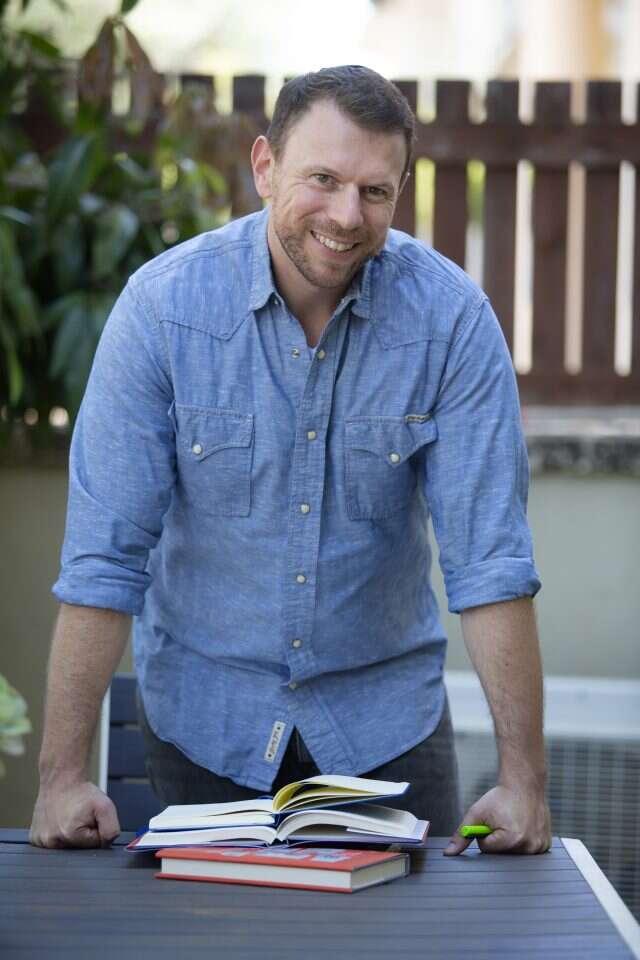
Unfortunately, no long-term change resulted from Sullivan's recommendation. The fishing story in Gaza is one good example. Sternthal mentions another: "In December 2021, CAMERA compelled The Times to publish an embarrassing editor's note completely retracting an article which falsely depicted a hate-mongering, antisemitic Gaza professor as a peaceful bridge-builder. And, then, a couple of months ago, another significant CAMERA-prompted editor's note walked back the premise of an entire story arguing that Israel's blockade has 'devastated' Gaza's fishing industry. In fact, since the blockade was imposed, the fishermen's catch has grown, not plummeted.
"If the Times ever internalizes the lessons from such miscoverage, it’s only fleeting. Consistently, instead of reporting all the news fit to print on Israel, as its slogan promises, it warps all the news, forcing it to fit inside a rigid, preset mold. There's always a chance editors will remember that advocacy journalism isn't compatible with their promises of thorough, informative coverage. But that won't come easily, and certainly won't happen overnight. We need to keep drawing attention to their errors and distortions, and continuously demand better.”
Danny Dayan, chairman of Yad Vashem and formerly Israel's consul in New York, is not optimistic about the possibility of a significant change in coverage – even though he, like CAMERA, actually experienced mild successes in the fight against antisemitic bias in the newspaper. In 2019, for example, he managed to get the Times to apologize and remove an antisemitic cartoon that presented then-US President Donald Trump wearing a Kippah and blind, being led by a guide dog with a Star of David around its neck, its face that of Israeli PM Benjamin Netanyahu.
"The cartoon was not published in the US edition of the Times, but only in the European one," Dayan explains. "When I called the newspaper's opinion editor, he first heard about it from me. He didn't know about the cartoon and said he thought it was a fake. I have to say that in that instance – once they realized it was true, they were very firm. I had a meeting with the publisher, and he not only apologized but wanted to make amends."
But this, says Dayan, is the exception that proves the rule: "Coverage of Israel in the Times is biased in a way that cannot be corrected. I understood this in Barry Weiss' resignation letter."
In July 2020, Weiss, a Jewish columnist with moderate liberal views, resigned from the New York Times. In a letter she published on Twitter, she accused the newspaper and its employees of silencing opinions that do not coincide with their worldview. Weiss was hired by the Times in 2017 after the paper failed to predict a Trump victory, and realized that it had to expand its range of opinion writers. But within three years Weiss had lost faith in the paper's stated ambition of ideological diversity.
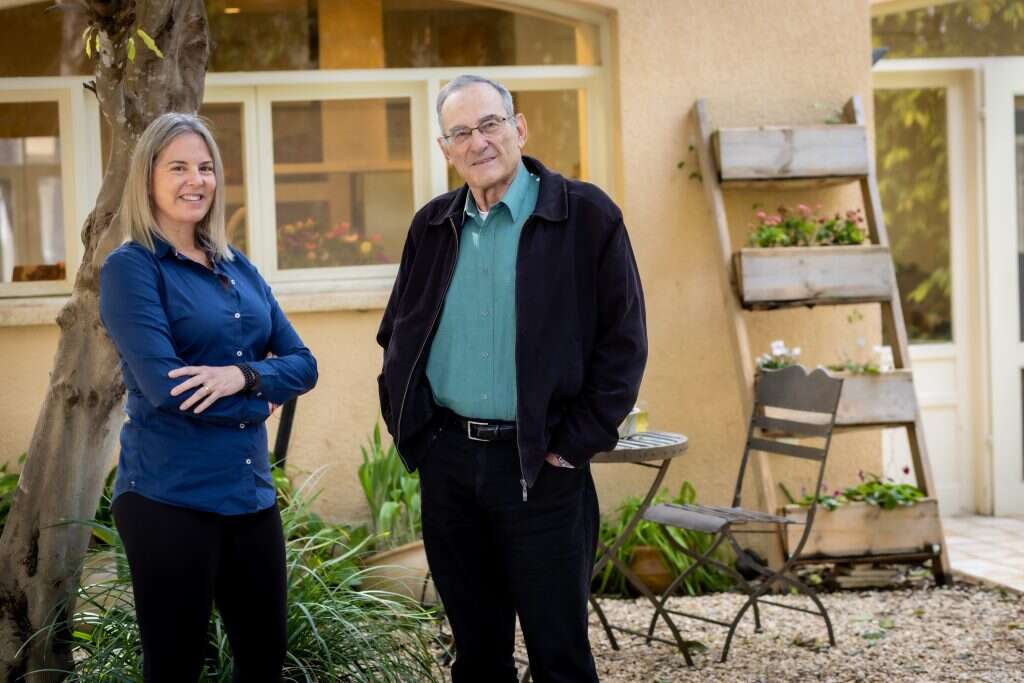
Among other things Weiss wrote during her time at the paper was an article indicating that some of the organizers of the anti-Trump protests had made antisemitic or anti-Zionist statements in the past. In her letter of resignation, she described that she suffered abuse as a result: "They have called me a Nazi and a racist; I have learned to brush off comments about how I’m ‘writing about the Jews again.’ Several colleagues perceived to be friendly with me were badgered by coworkers. My work and my character are openly demeaned on company-wide Slack channels where masthead editors regularly weigh in. There, some coworkers insist I need to be rooted out if this company is to be a truly ‘inclusive’ one, while others post axe emojis next to my name. Still other New York Times employees publicly smear me as a liar and a bigot on Twitter with no fear that harassing me will be met with appropriate action. They never are.”
Dayan says Weiss's case is connected to the resignation of James Bennett, the Times's opinion editor, after an uproar following the publication of an op-ed by Republican Sen. Tom Cotton, who suggested using the military to disperse mass race riots across the U.S. in the summer of 2020. Both of these cases brought about the understanding that "the poison on campuses is taking over workplaces today, including the media, including a liberal left-wing newspaper like the New York Times. I used to think that when college students went out into the real world they would grow up, but that's not the case. I doubt if this is something that Israel can change. I had plenty conversations with the people of the newspaper, mainly about headlines, about what they highlight and what they don’t. I admit that personally, I have been well treated by them. Even during my time as CEO of the Yesha Council, my essays were published in the newspaper, and there was a favorable profile of me. So it's not that I have a personal interest against them, it’s the opposite. Still, I'm not optimistic."





